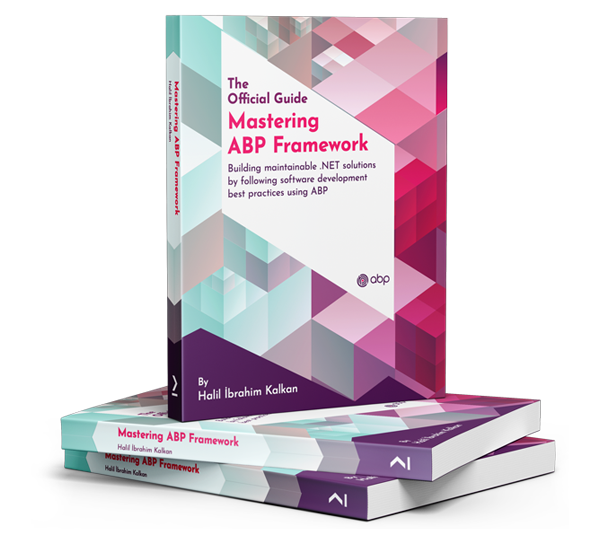why don't you configure a serilog sink to db? and just call Logger.LogError or something?
sure, why not.
you can do that with websockets (SignalR) for example.
can you share the code that is not working?
Hey,
you need to implement your own user interface for that.
You may refer to the documentation here to access the files.
Does that help you?
both do the job.
As far as I know, there is no UI to configure if multitenancy is enabled. If you do not want multitenancy:
this add versions in dropdown of swagger ui i want two swagger ui on diff routes like
/admin/swagger /public/swagger
like that
can you try this? https://stackoverflow.com/a/77216365
can you try one thing (its a bit of effort though)
remove all localizations in appshell and in the main page (or whatever would come first). goal is that the app can load without needing the localization as they are loaded from the server.
that could be a starting point
Hey,
it seems like the issue is resolved. I close this question now.
feel free to reopen if i am wrong :)
that's simply due to some default css styling. you can just override it if it does not fit your prefences.

